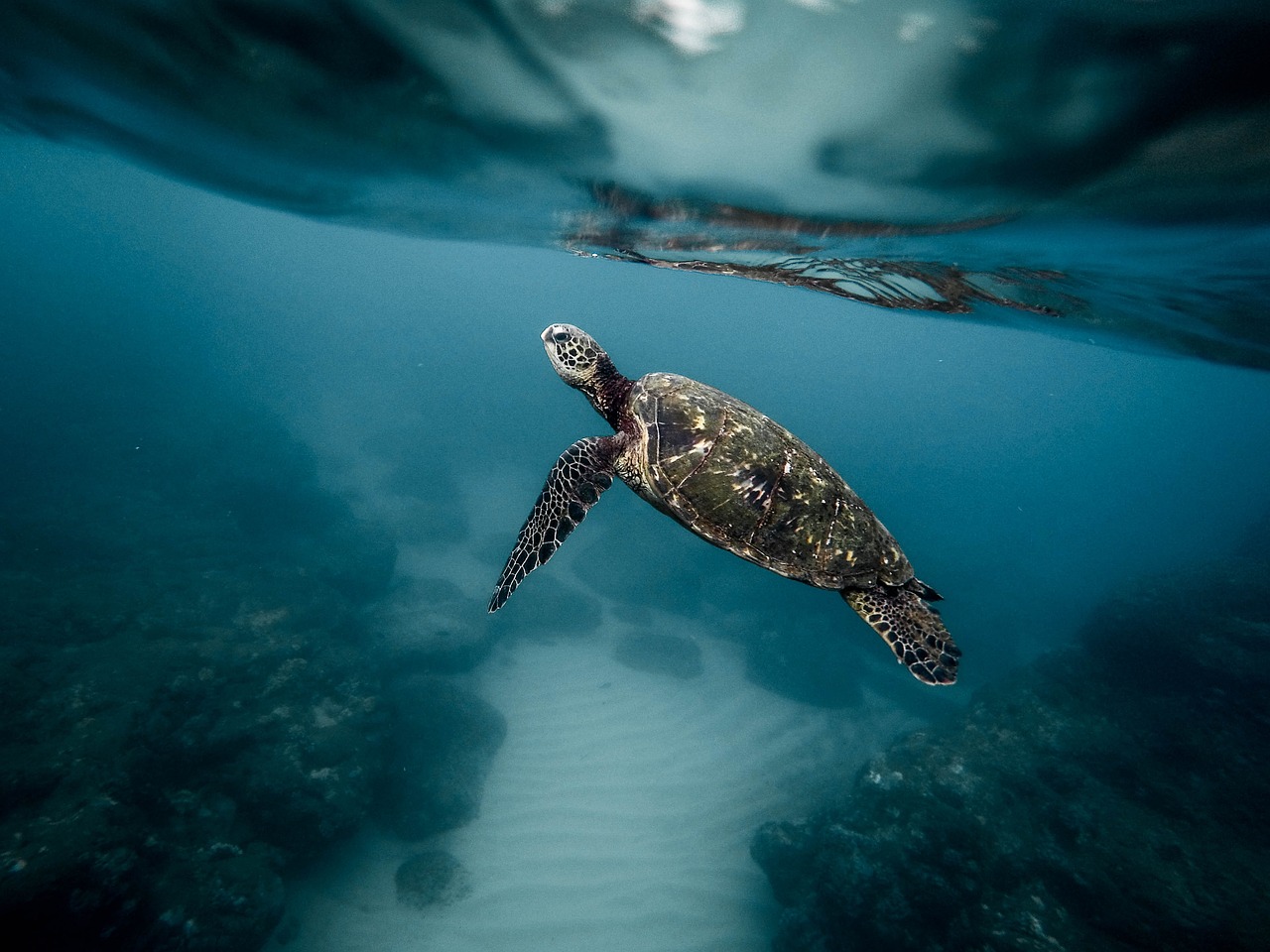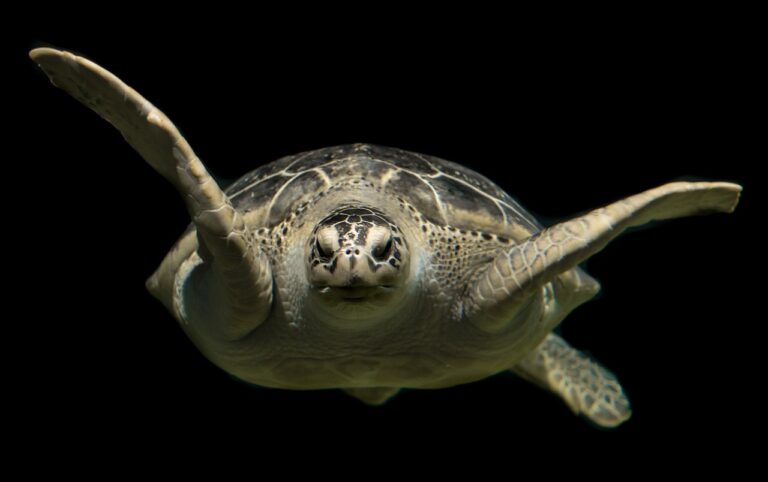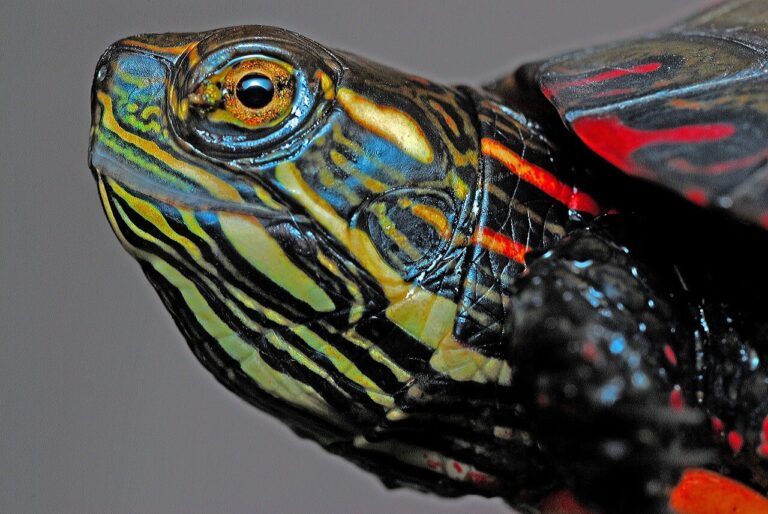In the depths of our planet’s oceans, where the azure waters meet the endless expanse of the sea, a remarkable and ancient creature has thrived for millions of years—the marine turtle, scientifically known as Chelonia mydas. These magnificent beings, often referred to as green sea turtles, possess an undeniable mystique that captivates marine enthusiasts and conservationists alike. Their existence is a testament to the enduring marvels of nature.
Within the taxonomy of the animal kingdom, marine turtles find their place as members of the class Reptilia, order Testudines, and family Cheloniidae. Chelonia mydas, with its distinctive heart-shaped carapace and greenish skin, stands as a symbol of resilience and adaptability in the ever-changing seascape.
In this comprehensive exploration, we embark on a journey to unveil the enigmatic world of marine turtles. From the detailed examination of their physical characteristics, including size, coloration, and unique features, to the revelation of their social behaviors, dietary preferences, and intricate reproductive strategies, every facet of their existence will be illuminated.
Moreover, the geographical distribution and preferred habitats of marine turtles, spanning across tropical and subtropical waters on a global scale, will be revealed. These creatures, exclusively aquatic and meticulously adapted to marine life, navigate the ocean’s depths with grace and purpose.
Yet, their existence is not without peril. Threatened by habitat destruction, pollution, poaching, and the challenges posed by climate change, marine turtles are in need of vigilant conservation efforts. Through the lens of this article, we aim not only to educate but also to inspire action and understanding, championing the cause of these oceanic guardians. Join us as we delve into the depths of knowledge, exploring the captivating world of marine turtles and embracing the call for their preservation.

Taxonomy and Classification
Kingdom: Animalia
Phylum: Chordata
Class: Reptilia
Order: Testudines
Family: Cheloniidae
Genus: Chelonia
Species: Chelonia mydas
Marine turtles, scientifically known as Chelonia mydas, belong to the reptilian order Testudines and the family Cheloniidae. This fascinating species is often referred to as the green sea turtle due to its distinct greenish skin and cartilaginous shell. Let’s dive deeper into the world of marine turtles to uncover their unique characteristics, habitats, behaviors, and conservation status.
Description
Physical Characteristics:
Marine turtles are known for their impressive size, with adults reaching lengths of up to 3.3 feet (1 meter) and weighing as much as 350 pounds (160 kilograms). Their most distinctive feature is their heart-shaped carapace, which can vary in color from olive green to brown, and sometimes even appears black due to algae growth. Their flippers are adapted for swimming and are equipped with strong claws.
Sexual Dimorphism:
Unlike many other turtle species, sexual dimorphism in marine turtles is not highly pronounced. However, female marine turtles tend to be slightly larger than males, and their tails are shorter.
Habitat and Range
Marine turtles have a broad geographical distribution, inhabiting tropical and subtropical waters around the world. They can be found in the Atlantic, Pacific, and Indian Oceans, as well as the Mediterranean Sea. Notable nesting sites include beaches in Florida, Costa Rica, and Australia.
These remarkable creatures are exclusively aquatic and prefer saltwater environments. They are often spotted in seagrass beds, coral reefs, and lagoons, where they forage for food.
Behavior and Diet
Social Structure:
Marine turtles are typically solitary creatures, only coming together during mating season. They are known for their long migrations between feeding and nesting grounds, which can span thousands of miles.
Diet:
Primarily herbivores, marine turtles have a diet consisting mainly of seagrasses and algae. However, they are opportunistic feeders and may also consume jellyfish, sponges, and small invertebrates. Their powerful jaws and beaks help them crush and tear their food.
Reproduction and Life Cycle
Reproductive Behaviors:
Marine turtles engage in elaborate mating rituals, with males courting females through various underwater displays. After mating at sea, females return to their nesting beaches to lay eggs. They often nest at night to avoid predators.
Nesting Habits:
Females dig a deep hole in the sand and lay around 100-150 eggs per clutch. They cover the eggs with sand and return to the ocean, leaving the eggs to incubate naturally.
Survival Rate:
The survival rate of hatchlings is low, with only a small percentage surviving to adulthood. Hatchlings face numerous threats, including predation, beach erosion, and light pollution.
Conservation Status
Marine turtles, including Chelonia mydas, face various threats to their survival. According to the IUCN Red List, they are listed as Endangered due to the following factors:
- Habitat Destruction: Coastal development and habitat destruction, particularly nesting beaches, pose a significant threat to marine turtles.
- Pollution: Pollution from plastics, oil spills, and marine debris harms turtles through ingestion and entanglement.
- Poaching: Despite legal protections, marine turtles are still poached for their meat, eggs, and shells in some regions.
- Climate Change: Rising temperatures and changing ocean currents can affect the sex ratios of hatchlings, endangering the species’ future.
- Bycatch: Accidental capture in fishing gear, known as bycatch, is another serious threat.
Significance and Importance
Marine turtles play a crucial ecological role by helping maintain the health of marine ecosystems. They are key consumers of seagrasses and algae, which helps regulate the balance of these underwater habitats. Additionally, their eggs provide nutrients to beach ecosystems.
Furthermore, these turtles hold cultural significance in many coastal communities and are often emblematic of conservation efforts. Tourist attractions such as turtle-watching tours contribute to local economies and raise awareness about the importance of marine conservation.
Interesting Facts
- Marine turtles have been around for a long time, with their ancestors dating back to the time of the dinosaurs, over 100 million years ago.
- Their navigation skills are exceptional, as they can migrate long distances across the open ocean and return to their exact nesting sites.
- Some populations of marine turtles exhibit unique characteristics, such as the “Ras Al-Jinz” green turtles in Oman, which have an unusually high number of individuals with a genetic mutation that makes their skin coloration predominantly black.
Protection and Conservation Efforts
Numerous conservation initiatives are actively working to protect marine turtles:
- Protected Areas: Establishing marine protected areas and nesting beach conservation programs.
- Beach Monitoring: Implementing monitoring programs to protect nesting sites and reduce human disturbance.
- Reducing Plastic Pollution: Raising awareness about plastic pollution and advocating for responsible waste management.
- Bycatch Reduction: Developing turtle-friendly fishing gear and practices to reduce bycatch.
- Community Engagement: Involving local communities in conservation efforts and sustainable tourism practices.
Conclusion
Marine turtles, with their ancient lineage and critical role in marine ecosystems, are a species worth preserving. However, they face numerous challenges in today’s rapidly changing world. Conservation efforts, supported by individuals, communities, and organizations worldwide, are crucial to ensuring that these majestic creatures continue to grace our oceans for generations to come.



